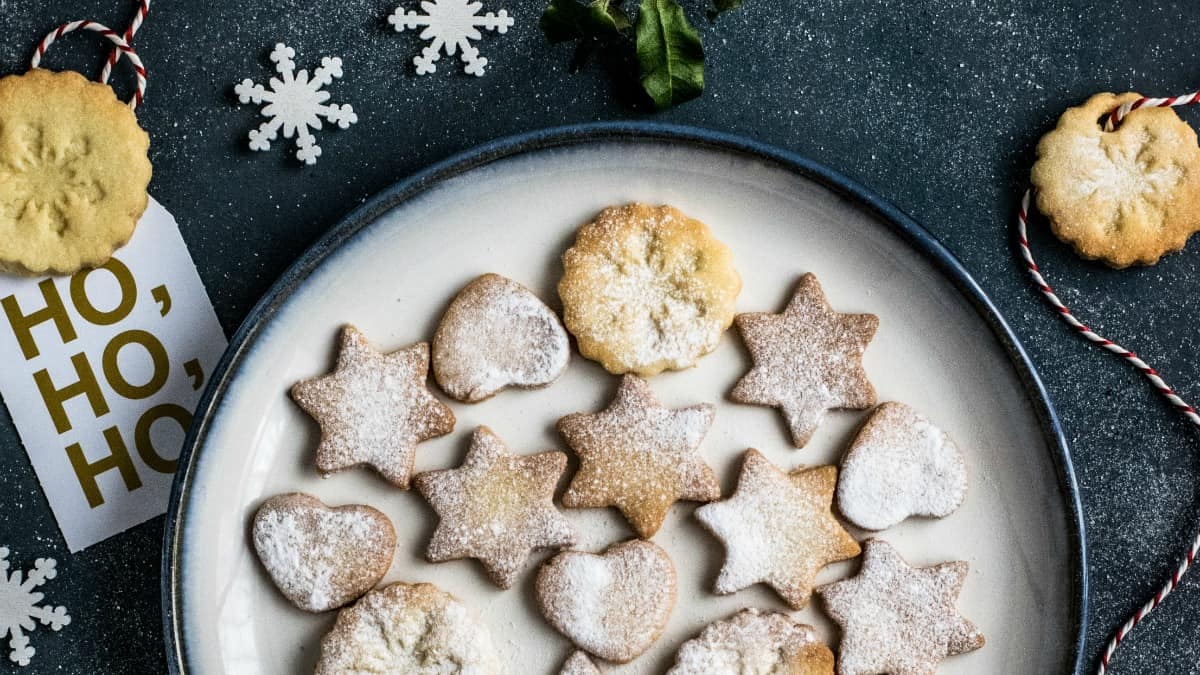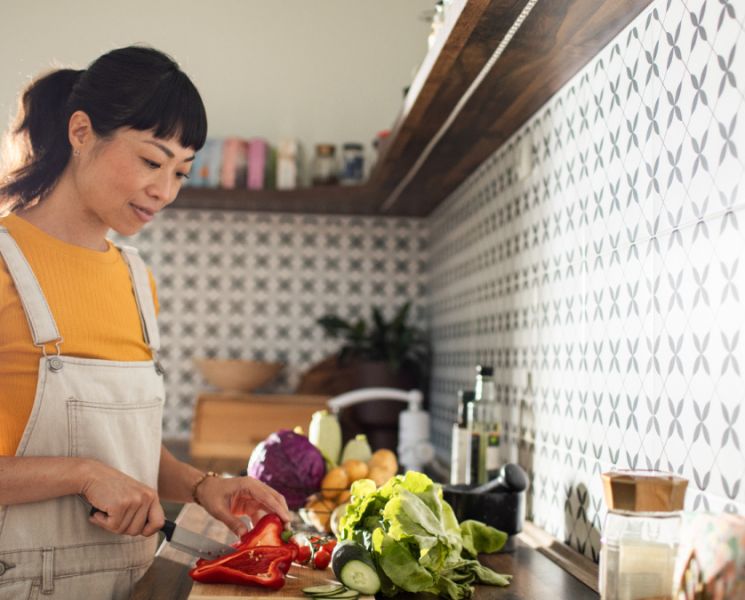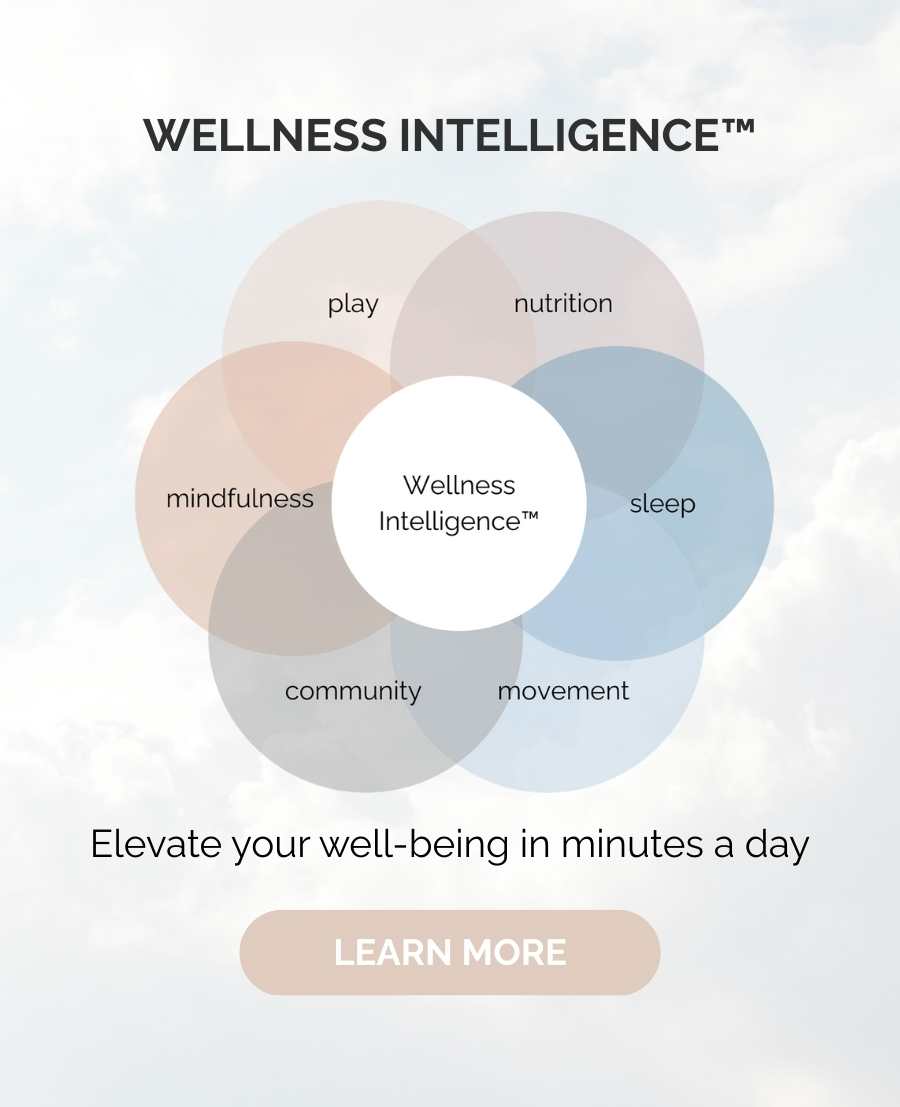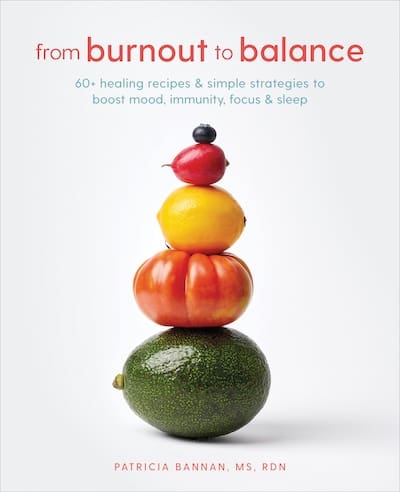This article originally appeared on Fox News Health.
To help keep your weight and blood sugar levels under control during the holidays, try incorporating these nine diabetes holiday tips.
If you have diabetes, managing your sugar intake is always a top priority. During the holiday season, however, when pies, cookies and indulgent recipes are everywhere you look, it can be even more challenging to keep your A1C levels steady. These strategies can help you stay on the right track.
1. Plan ahead
Before you head off to a holiday event or restaurant, have a game plan for what you will eat. For example, you may choose to skip the foods you can get anytime (like crackers and cheese) and choose small portions of foods that are a real treat.
Or you may choose to load up on veggies, if available, to fill your plate and your stomach, and take the edge off your appetite. If you’re already hungry, enjoy a small healthy snack before you leave to help manage your blood sugar levels and make better food choices once you arrive. Something as simple as a handful of pistachios can take the edge off of your appetite. The American Diabetes Association calls nuts, like pistachios, a “diabetes superfood,” providing protein, fiber, and healthy fats — a trio that can help you feel fuller longer.
2. Keep your immune system healthy
To keep your immune system healthy, eat lots of fruits and vegetables, take a probiotic daily (if needed), stay hydrated, and get adequate sleep.
“Getting sick over the holidays is never fun, but it’s even more troublesome when you’re managing diabetes,” Mary Ellen Phipps, MPH, RDN, LD, founder of MilkandHoneyNutrition, and a Type 1 diabetic, told Fox News. “Stress hormones and medications (if needed) can cause blood sugars to run high, which can lead to headaches, nauseousness, and fatigue. And if you’re already battling something like a cold or the flu, those symptoms are definitely not good.”
3. Budget your sweets
Tis’ the season for cakes, cookies and pies. While managing sweets around the holidays can be challenging for anyone, if you have diabetes, keeping your sweet tooth in check is essential. Go for a healthier “sweet” option, like fruit, as much as possible.
According to the NIDDK, fruit is healthy for people to eat with diabetes, providing fiber and lots of vitamins and minerals. For example, a holiday favorite is grapes, which are a natural source of antioxidants and other polyphenols for heart, eye, and brain health.
In fact, a study looking at the impact of fruits on diabetes found that greater consumption of grapes was significantly associated with a lower risk of Type 2 diabetes. As always, portion sizes do matter and it’s a good idea to balance your carbs with protein and healthy fats to help stabilize your blood sugar. A handful of grapes with an ounce of nuts or cheese strikes a good balance.
4. Check your blood sugar frequently
When you have diabetes, it’s imperative that you learn to effectively self-test your blood sugar to keep your glucose levels in check.
“Check your blood sugar 2-3 hours after a meal. For Type 1 diabetics, this is a good practice to ensure your blood sugars don’t spend several hours out of range,” Phipps said. “If your blood sugar is elevated this long after a meal, you should use your physician’s recommendations for correcting a high blood sugar. Continued elevated blood sugars can also suppress your immune system, which could make you more prone to getting sick.”
5. Add non-starchy vegetables to your recipes
Incorporating non-starchy vegetables (such as beets, cabbage, broccoli, carrots, green beans, and cauliflower) into your holiday recipes can significantly cut carbs and calories.
“Adding vegetables to all meals can help curb cravings and improve blood sugar control,” Misti Gueron, RDN, CDE, a Los Angeles-based nutrition expert and diabetes educator, told Fox News. Try adding cauliflower to mashed potatoes, broccoli to pasta, or bok choy to rice.
6. Put avocados to work
Avocados are a simple way to limit sugar intake, especially around the holidays, and can easily be incorporated into a diabetes-friendly diet. A good source of healthy fats and fiber, avocados are low in carbohydrates, which means they have little effect on blood sugar levels.
Researchers at Loma Linda University discovered that adding one-half of an avocado at lunch did not result in an increase in blood sugar levels beyond what was observed following a standard lunch. In addition, individuals experienced a 40 percent decrease in their desire to eat over the three-hour period following the meal than those who ate the same lunch without the avocado. Try using avocados as a fat substitute for unhealthy fats in your favorite desserts this holiday season.
7. Go easy on alcohol
Even moderate alcohol intake can cause a drop in blood glucose because alcohol blocks the production of glucose, so don’t drink on an empty stomach or when your blood glucose is low. The American Diabetes Association recommendations for alcohol for those with diabetes are no more than one drink per day for women and no more than two per day for men. One drink equals 12 ounces of beer, 5 ounces of wine, or 1.5 ounces of distilled spirits (such as vodka, whiskey, or gin). When possible, choose hydrating beverages instead of alcohol. “I often tell my clients to opt for sparkling water at parties to minimize sugar and calories and still enjoy the festivities,” Gueron said.
8. Maintain your schedule
While schedule changes and extra events are normal this time of year, as much as possible, try to keep to your routine. Even on days off from work and holiday gatherings, try to get up, eat, exercise, and take your diabetes and any other medications about the same time as you always do.
“Keep to your exercise schedule to help manage your blood sugar numbers to target, and keep to regular meal times for optimal blood sugar control and to minimize unnecessary temptations caused by being over hungry,” Gueron said.
9. Pack a cooler if you’re traveling
Having nutritious foods available is key to sticking with a healthy meal plan, especially when you’re traveling. In addition to packing diabetic-friendly foods in a cooler, like hummus, nuts, or low-fat cottage cheese, Phipps, suggests keeping your insulin in a cooler too.
“Insulin starts to lose its effectiveness after about 30 days at room temperature. To ensure it is doing the job it is supposed to, make sure to store your insulin vials in a cooler or refrigerator if you’re able. Ineffective (or less effective) insulin is never a good thing, but during a time of year when higher carbohydrate dishes are consumed more frequently, it’s important to have an effective way to bring those blood sugars down,” Phipps said.






